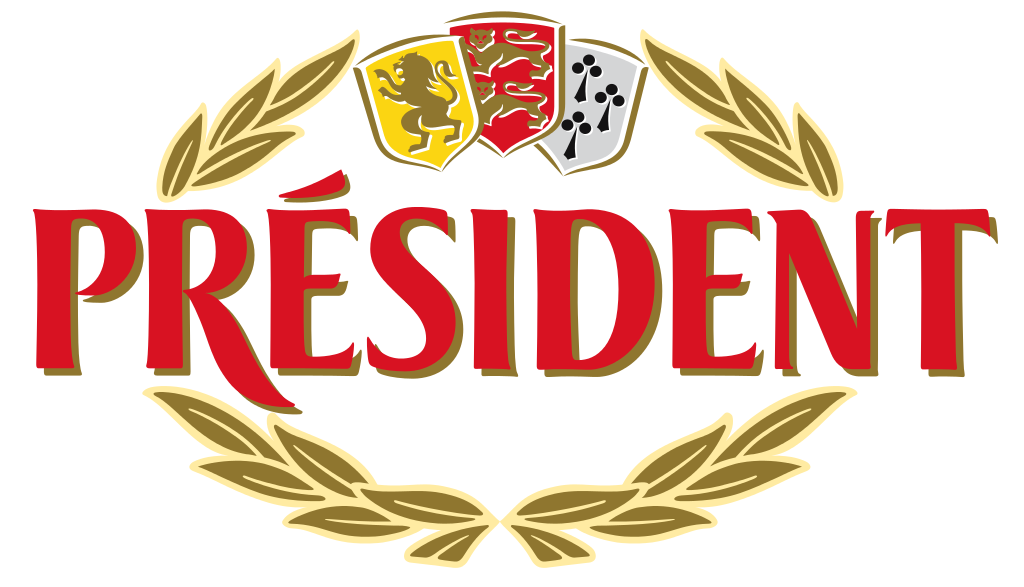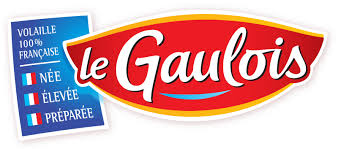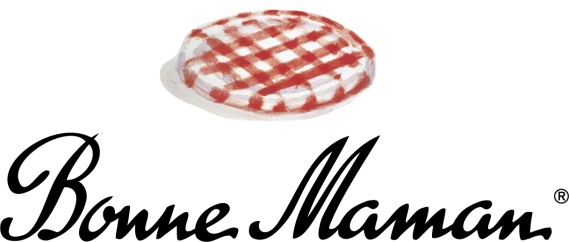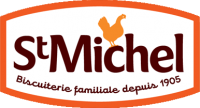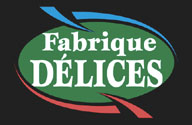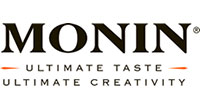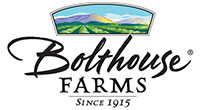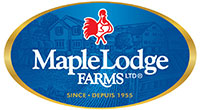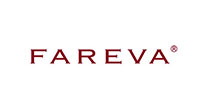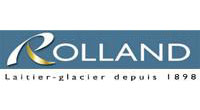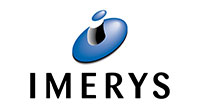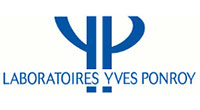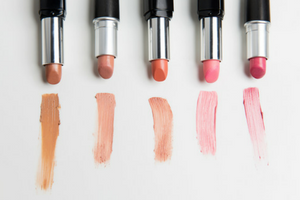
Lipstick is an iconic part of the cosmetics industry. Constantly being renewed and innovated, lipstick has changed significantly over the centuries and has also changed in what it represented.
How it all began
Lipstick has been dated back to ancient Sumerian men and women over 5000 years ago who crushed gemstones as a sign of power. Back to the Egyptian time of Cleopatra who used crushed bugs to decorate the lips as a sign of social status. In the 16th century, Britain the white face and the red lips was also a symbol of social status.
The first commercial lipstick was created in 1884 by perfumers in Paris, France. Then it was made from deer tallow, castor oil, and beeswax. In the 19th century United States, Carmine dye was extracted from Cochineal- an insect native to Mexico and Central America- however, it was frowned upon and considered unnatural. That changed when the dye was mixed with an oil and wax base causing the color to be faded and therefore more natural.
In 1923, the first swivel-up tube was patented by James Bruce Mason Jr. in Nashville, Tennessee. A huge improvement from the impractical clay pots that used to hold lipstick which caused a dye residue to always be left upon the fingers.
During World War 2, women filled research and engineering jobs left by men and in the 1940s Hazel Bishop, an organic chemist in New York created the first long-lasting lipstick that didn’t need to be consistently reapplied. A huge step forward for Lipstick.
How lipstick has changed over the past century
As social status and culture changed so did lipstick to reflect it.
- 1916: lipstick was packed in a clay pot and to be accepted in society were light pink colors whereas dark colors were largely frowned upon.
- 1926: The Roaring Twenties were a time of rebellion, therefore, bringing forth dark colors such as browns, plum and cherry colors.
- 1936: Matte lips came into fashion with reddish browns and oranges.
- 1946: During the war, Women took on a lot of confidence and independence by having jobs and that independence was reflected through the reds and oranges used to color their lips.
- 1956: The reconstruction and post-war period had Marilyn Monroe and Rita Hayworth popularize a dark red lip to express femininity and confidence gained from the past decade.
- 1966: Flower power and rebellion brought upon women a sense of not needing to be judged by society and that they were much more than a pretty face. Very pale lip colors became very popular to attract less attention to the face.
- 1976: Lipgloss and disco, a new-found confidence and fun were reflected through burgundy and crimson colors that were glossy.
- 1986: To reflect the cultural shift bright electric colors were found in the punk era.
- 1996: Lip liner became important to give the illusion of a fuller lip.
- 2006: Was all about natural beauty which entailed having glossy lips with little to no color.
- 2016: The trend of the roaring twenties of dark matte lips makes a comeback to put forth powerful confident women.
And as lipstick evolved in terms of colors to reflect various aspects of the present society so did what the lipstick was made of as well.
Lipstick composition
In the very beginning lipstick or lip stain was made from crushed gems, bugs, and plants. There was no added oils or wax.
After going through several chemicals and tests of possible carcinogens, today lipstick is made of beeswax, ozocerite and candela wax for its high melting point.
Oils that are used to give it smooth and hydrating effects are olive oil, mineral oils, cocoa butter, lanolin, and petrolatum.
Extra effects that lipsticks have evolved are:
- Shimmery lipstick which is made from fish scales to have the same shimmering effect. The common fish to use for this is herring.
- Matte lipstick contains more filling agents such as silica and fewer emollients,
- Cream lipstick contains more waxes than oils,
- Sheer and long-lasting lipstick contain more oils and long-lasting lipstick may also contain silicone oil which will seal the color to the wearers’ lips,
- Glossy lipsticks contain more castor oil to give lips that extra shine.
The cosmetics industry has been around for much longer than most can imagine. It has learned to evolve and innovate with the time in order to continue to reflect and empower its consumers. Lipstick, as a trademark product of the cosmetics industry, has done just the same and will continue to do so in the future.
For more information on how to renew your product portfolio and efficiently innovate your products, learn more about Lascom’s PLM solution.






